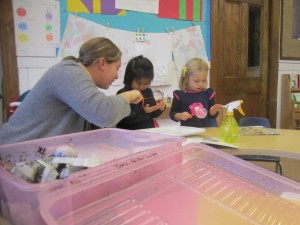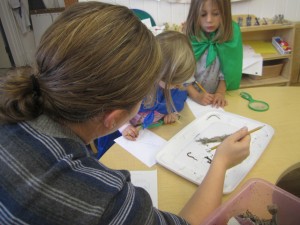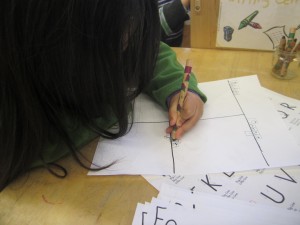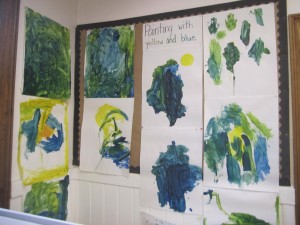How do your children learn how to learn? Well, this is a silly question, because your children are naturally curious and filled with wonder about the world around them. Not to mention very smart!
What we teachers do is to provide some structure and guidance to help that curiosity to take shape in the context of developmental milestones. On our many walks outside through the woods, to the pond and by the stream, children have observed, felt, heard, discussed, sorted, classified, compared and counted the trees, rocks, leaves, weather patterns, acorns and pine cones. As we have emphasized, we build on higher thinking strategies of hypothesizing, analyzing, and synthesizing. This involves open-ended inquiry and goes beyond fact-based, knowledge learning. Once they have these strategies they can apply them to all learning.
Likewise, our investigation of worms is not just learning about worms. We are learning how to learn and learning how to shape our natural curiosity with specific strategies that can be applied for learning about anything! At BCD we believe that building multilevel connections in a young mind is essential. One way, one answer, filling-in-the-blanks thinking does not open up the pathways necessary for innovative thinking in today’s world. You, our wonderful parents, know this instinctively which is one of the many reasons you chose BCD in the first place!
Last week we were introduced to our worm visitors by observing them, touching and holding them and talking about our reactions to them. This week we continued our worm investigations in several ways. Your children began individual observation journals. We write their comments, their observations and their questions and they draw what they see. We have also introduced the KWL strategy. K – What do you know (about a topic)? W – What do you want to know? and L – What have you learned?
We do this to help children be mindful of their learning and to give a framework to their ongoing investigations. We introduced the K and W of worms parts.
We Know –
They don’t like sunlight because the oils come off. Aidan
They don’t have legs. Sonya
They don’t have eyes. Sophie
We Want to know –
Which weather do they like? Sonya
What is their favorite thing to eat? Aidan
Why do they eat leaves? Isabelle
Why do they eat dry stuff? Noelle
Do they like sunshine? Neha
Other circle time conversations this week included discussions about feelings, manners and accidents and how we handle our own feelings and those of others.
We continue to have a dictionary page and book writing center where we are working on letter formation. We can be very imaginative here, too as Neha’s Bb page sentence illustrates: “My butterfly was tangled up and the wings fell off.”
We also had centers with Kinetic sand, puzzles, a house-keeping area, silk scarves and the light table. These centers, too, build on essential skills. Working with sand and puzzles helps develop small-motor skills, including strength and coordination. Of course children are also building on language and social interaction skills. Overheard at the light table; “I made a leaf, too!” “I made pink.” “I put the scarf over the buttons/red chips on the light table.”
In our ongoing investigation of color we began painting with blue and red and discovered it can turn into a brownish color, purple and dark, dark purple. Learning about colors and hues is not just scientific investigation. Children are building on their prewriting skills by holding and manipulating paint brushes, they are developing their higher order executive skills of planning, executing, refining, and finishing a project and they are using symbolic transformative thinking skills when they paint an idea.
Thank you, Yulia for our lunch bunch this week! We had a delicious soup/bread, fruit salad, and mini eclairs.
“The snow came out!’ exclaimed Abigail when she arrived on Friday morning. We had fun sledding and making a snowman, a joint effort among some of our girls and one kindergarten girl who used a carrot from her lunch as a nose and some apples for eyes. We love to work together and to repurpose things in preschool!
Lastly, we leave you with a quote by one of our students regarding his/her creation. Although stated by one child, we feel it sums up what all your children feel, “I wanted to impress my
For those of you viewing this blog on your iphone or ipad, you can view the pictures here: https://www.flickr.com/photos/bcdtech/sets/72157647254977052/
